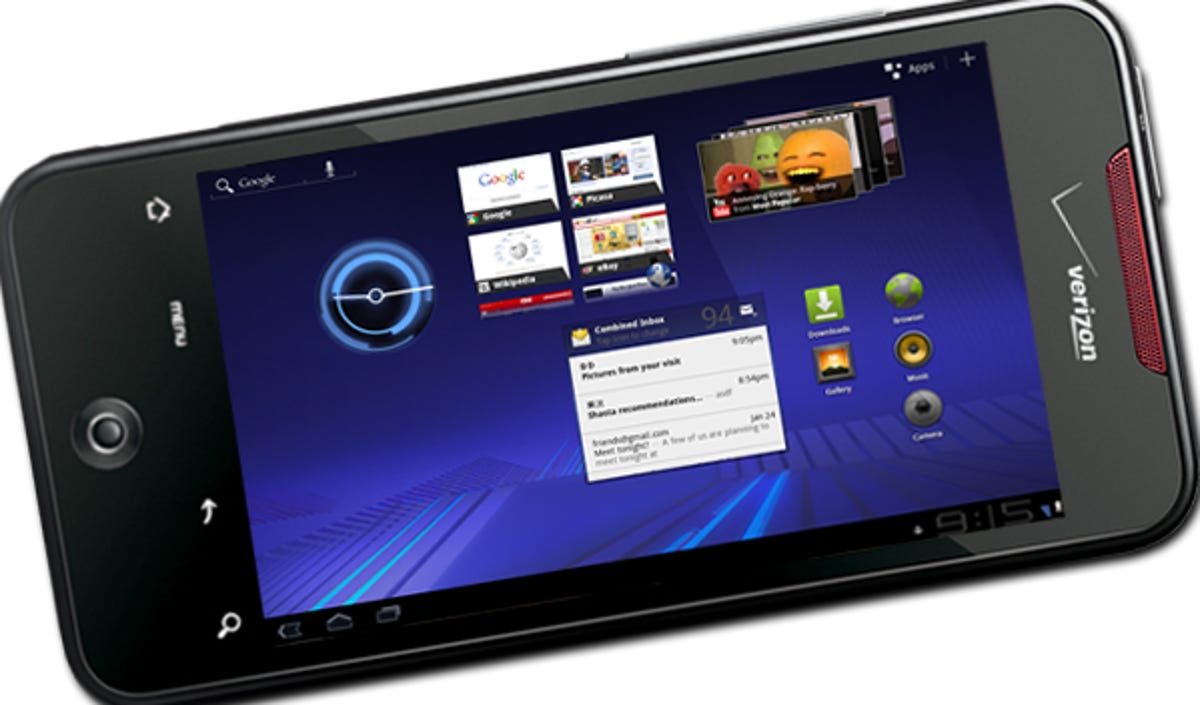
Scott Webster
As we near the debut of the Xoom tablet later this week, our Android focus shifts to the horizon beyond Honeycomb. What will happen beyond Android 3.0? Are handsets ever going to see Honeycomb or will we be left with two different versions of the same OS? As it turns out, the answer is a little of both.
Widely expected to be code-named Ice Cream or Ice Cream Sandwich, the next iteration of Android should resemble both Gingerbread and Honeycomb. Indeed, that’s exactly what Google CEO Eric Schmidt said during his keynote address at last week’s Mobile World Congress. What’s more, he confirmed that release cycles are slowing to one every six months. As such, Ice Cream could show up in time for Google I/O in May.
Speaking last week with Phone Scoop, Google Android Engineering Director Dave Burke shared a few additional details about what we might see from a blended release. As you might expect, not everything will be the same on phones and tablets. After all, scaling up a phone experience to a larger screen hasn’t worked all that well for Android so far. Likewise, I can’t imagine cramming a tablet experience into a 4-inch screen. Yet, Honeycomb feels like a natural evolution of Android, and the OS will broaden the platform’s general appeal.
What’s to come?
The new “action bar” that sits atop most tablet screens should carry over to handsets, likely taking up no more space than today’s notification bar. This action bar is context-aware and changes depending on the situation. For a new user who needs to copy and paste text or change the desktop layout, for example, but doesn’t know how long to press on the screen, the bar should feel more intuitive.
According to Burke, the “press and hold” technique will remain as part of Android, especially for drag-and-drop scenarios. That’s a good thing considering most casual Android users don’t know that a long press of the home button will take them to recent applications.
More obvious will be a new app-switching service that Honeycomb is expected to bring to handsets. Perhaps resting in the action bar or notification bar, it would show a small snapshot of the apps running on the phone.
Other details that I imagine will come to the next version of Android will be support for the codecs and media types that come with Honeycomb. And with an arms race unfolding in the multicore-processor space, it would make sense to have built-in support for these new platforms. Rounding out the list, look for better animations and enhanced 2D and 3D graphics capabilities.
Between devices
Given that handsets tend to have about half the screen space of tablets, some features simply wouldn’t translate very nicely. Such is the case with the “status bar” introduced in Honeycomb. This always-present bar would use too much real estate and could confuse users.
The overall aesthetic of Android 3.0 will also show up in Ice Cream, bringing the hologram-like effect to your favorite superphones. From what I can tell, the Android community largely loves the look and feel of Honeycomb and would embrace this move.
Indeed, we’ve already seen signs of this in the Android Market as developers and modders have ported widgets and apps to their devices. I’ve changed the clock, wallpaper, and widgets on my Evo 4G to look more 3.0-ish, and I suspect I’m not alone. While there are certainly parts of Honeycomb I could live without on my phone, I am excited to see a more intuitive Android experience. This will be especially helpful when converting your iPhone friends over to the light side.



